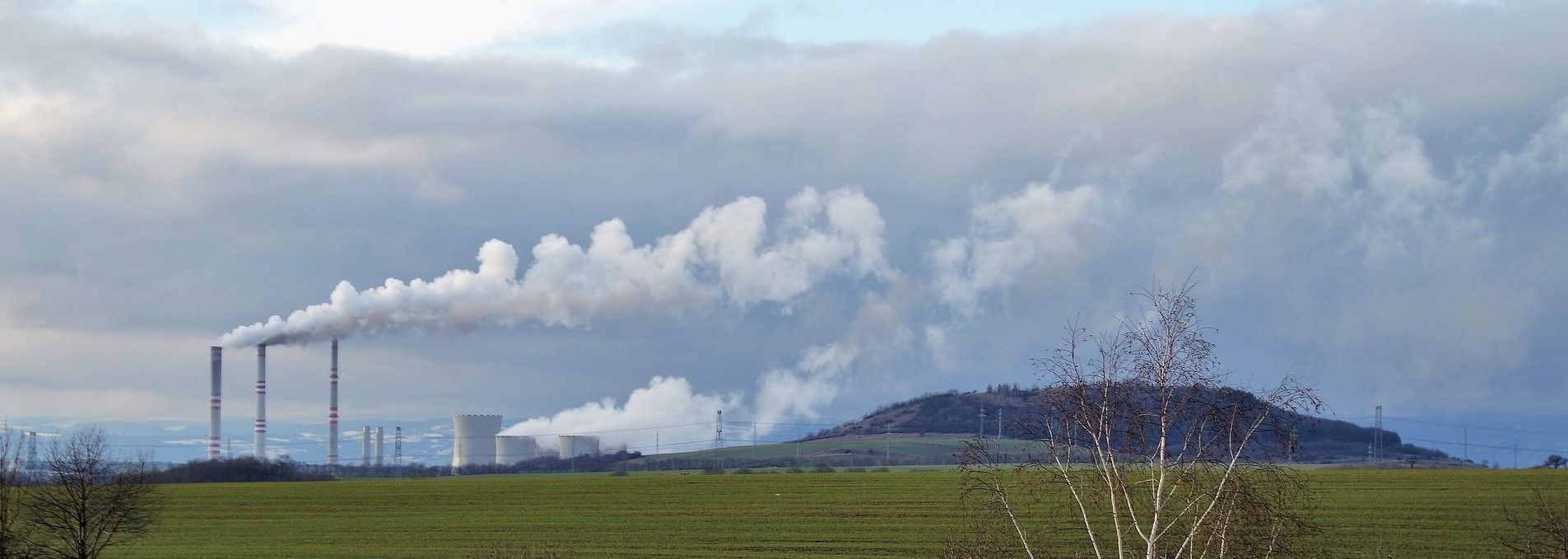Today’s business news is filled with doom and gloom. Headlines of an impending recession that might become a global depression to compare with 1929.
While some sectors, such as supermarkets and pharmacies, as well as online shopping and entertainment services (think Amazon, gambling, and Netflix) may be shielded or even boosted by the coronavirus lockdown, most businesses have suffered some setback or another during the last two months.
Surprisingly, despite its importance for the manufacture of so many essential products, the chemicals industry has also been economically impacted.
As chemical industry consultants at Platts report, “The expected economic recession in the Asia-Pacific region triggered by the coronavirus pandemic will reverberate across the petrochemical supply chain as global demand grinds to a halt, even as China slowly goes back to work.”

Meanwhile, Shaun Roache, the Asia-Pacific chief economist for S&P Global Ratings stated in late March that, “We now expect the hit to output for Asia-Pacific to be as large as the Asian Financial Crisis of 1997-1998.”
It seems the production of chemicals, just like people, has also not been immune to COVID-19.
However, academics are more cautious about making such predictions.
A recent study on COVID-Induced Economic Uncertainty by the National Bureau of Economic Research in Massachusetts, believes that the speed at which the lockdown took effect will make this economic downturn like no other. The report noting that, “The COVID-19 crisis erupted and unfolded with tremendous speed. Take the U.S. case as an example. In February 2020, the unemployment rate stood at 3.5%, equaling its lowest rate in the past 67 years. A mere six weeks later, the outlook has shifted profoundly: Nearly ten million Americans filed for unemployment benefits in the past two weeks. Millions more lost jobs but did not file.” Specifically stating that, “Because the outlook changed with such suddenness, methods based on backward-looking statistical analyses and historic data are unlikely to yield suitable measures of forward-looking uncertainty.”
With no comparable historic precedence, the short, sharp shock of closures could also mean a similar, unprecedented speedy return to work when the stay home orders are lifted.

But will everything return to normal as soon as more economic activity is allowed to open? Will business confidence quickly return?
Here academia may also have the answer, as it has developed a way to understand what industry heads are thinking. A method to examine what is said during conference calls to financial analysts when companies report their quarterly earnings.
Specifically, an additional report by the National Bureau of Economic Research, identified, “… 2,175 transcripts that mention a Covid-19 synonym and [then] singled out all text fragments within a given transcript that include these synonyms.”
The study’s authors then looked at the text fragments, each containing ten words either side of the COVID-19 or coronavirus synonym. This gave the researchers 8,600 text ‘snippets’. Analysis of random samples of ‘snippets’ spread over January, February, and March of 2020 identified what business leaders and financial analysts talked about in connection to coronavirus during the first quarter of the year.
The study finding that the key issues were, “(1) supply chain disruption, (2) a fall in demand, (3) employee welfare and labor market, (4) production capacity reduction and/or retail store closures, (5) increased uncertainty, and (6) financial market/financing concerns.”
While these fears are reasonable, what was more surprising was the number of times when, “… managers indicate that the coronavirus crisis (1) has had no impact (yet) or (2) creates market opportunities for the firm.”
Perhaps business leaders are not as panicked by coronavirus as the media is.
Take for example, a report in the Economic Times of India, which reported on 24th April, that, “Chemicals manufacturers, especially those catering to the agriculture sector, are likely to sail through the Covid-19 disruption relatively unscathed on the back of higher domestic agri demand and low cost of raw materials.”
This is a view supported by a spokesperson from Kotak Securities, who said, “March quarter is expected to be a steady one for the domestic agrochemicals sector, with strong demand from the rabi season, which is expected to partly offset the impact of the shutdown and further impact disruption in logistics towards March end. Favourable raw material prices may give some respite to the players.”
Meanwhile, S&P Global Ratings’ Shaun Roache foresees a downturn for chemical business in Asia, but hardly anything comparable to 1929. Describing the situation as, “An enormous first-quarter shock in China, shutdowns across the US and Europe [due to] local [coronavirus] transmission, guarantees a recession across the Asia-Pacific. [Consequently] We forecast China to grow by 2.9% in 2020, while Asia-Pacific growth in aggregate will likely more than halve to less than 3%.”

Halving annual growth for an entire region is not nothing. But it is also not the economic apocalypse that many chemical producers may be imagining. As businesses begin to reopen and as government stimulus packages start to kick in, there is no reason why the economy cannot resume from where it left off. An expanding global economy that boosts chemical product demand and production.
If so, then in a few weeks’ time, the chemical industry can get back to worrying about trade wars and forever chemicals. But for that to happen, business confidence must remain.
Photo credit: cottonbro from Pexels, Gustavo Fring from Pexels, Rudy and Peter Skitterians from Pixabay, & ivabalk from Pixabay